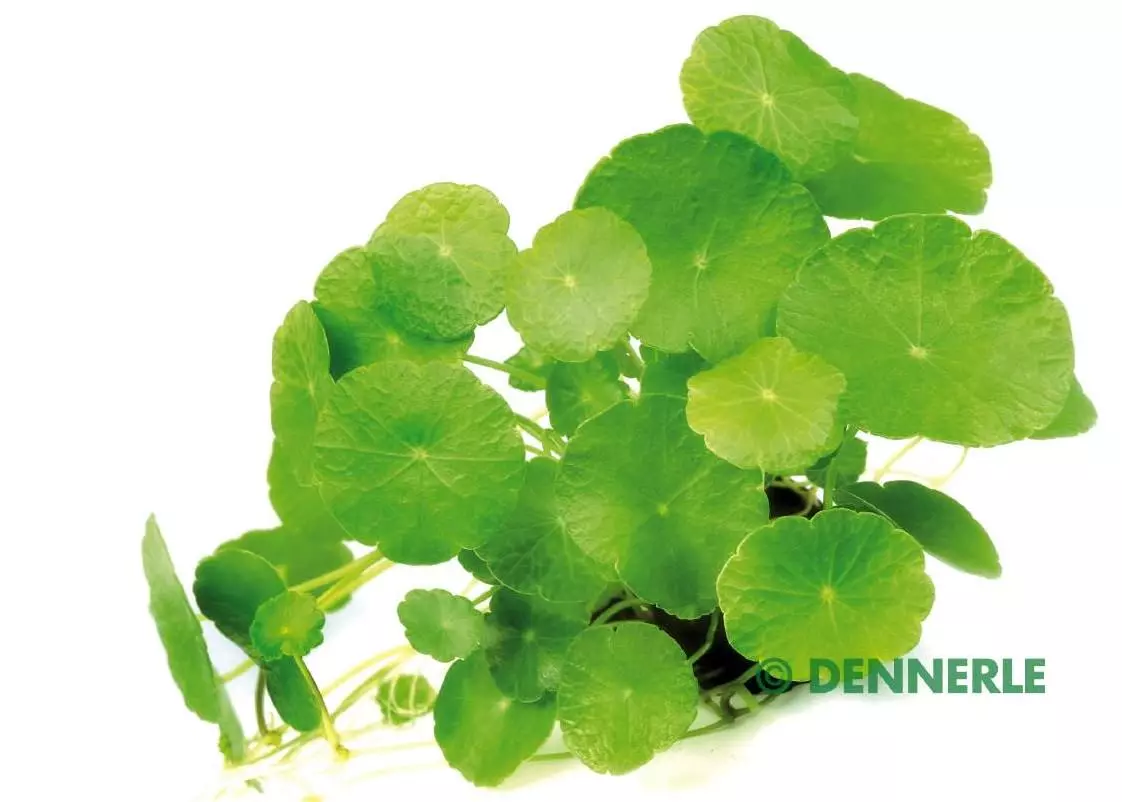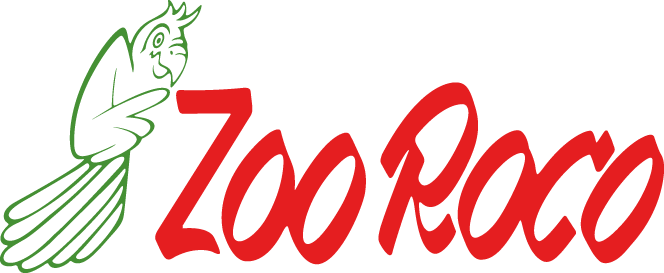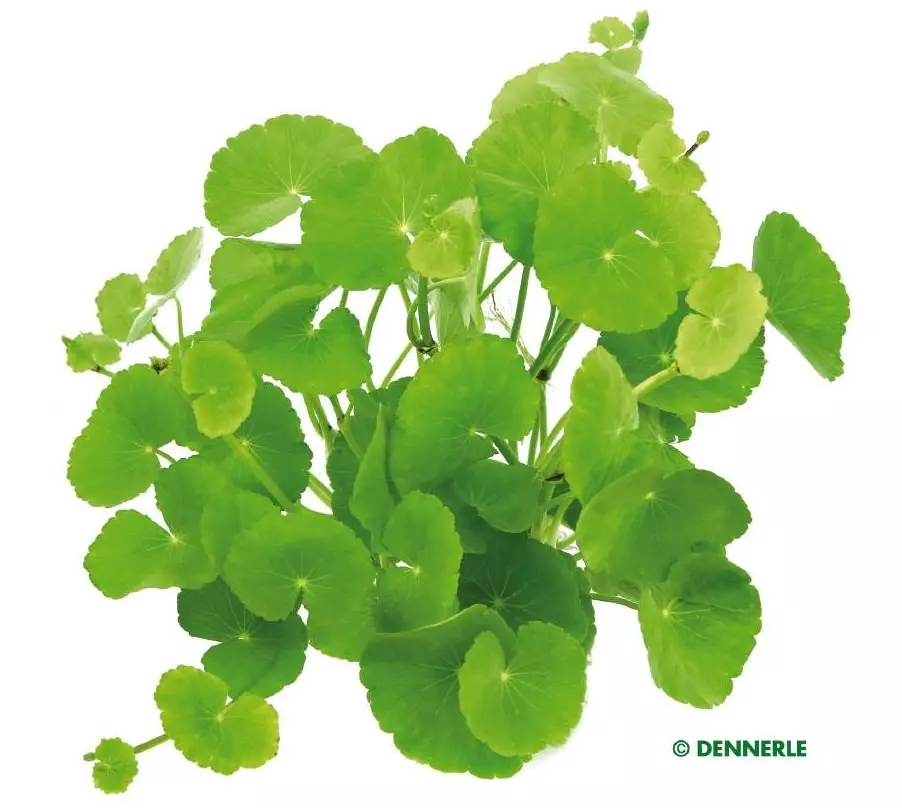

| Quantity | Unit price |
|---|---|
| To 2 |
CHF 7.90
|
| From 3 |
CHF 6.90
|
Stock: 0
Available in 1-3 days, acquisition time 14 days

Hydrocotyle verticillata (Hutpilzpflanze, amerik. Wassernabel)
| max. Wuchshöhe | - 20 cm | Herkunftsland | Nord- und Südamerika |
|---|---|---|---|
| Eignung | Aquascaping, Gesellschaftsaquarium | Typ | |
| Familie | Apiaceae | Gattung | Hydrocotyle |
| Vermehrung | Seitensprosse | Wuchsgeschwindigkeit | mittel |
| pH | 5 - 8 | Wasserhärte | 0 - 15 °dh |
| Hinweise | |||
Dieser Wassernabel ist wegen seiner schirmchenartigen Blätter sehr dekorativ und für den Vorder- bis Mittelgrund geeignet. Im Gegensatz zu H. leucocephala und H. tripartita wächst er eher langsam; die Wassertemperatur sollte nicht zu hoch sein. Wir fanden im Rio Sucuri/Brasilien herrliche Bestände im Flachwasser. Die Wassertemperatur betrug 23 °C, das Wasser war kristallklar bei hoher CO2-Konzentration. Hydrocotyle verticillata wirkt sehr natürlich mitten in einem Hemianthus-Teppich, wenn kleine „Schirmchen“ herausragen.
| Aquarium: | Community aquarium, Landscape/Aquascaping |
|---|---|
| Feature: | In the middle ground |
| Genus: | Hydrocotyle |
| Growth: | medium |
| Origin: | North America, South and Central America |
| Stand: | In the middle ground |
1 of 1 reviews
5 out of 5 stars
Login
3 November 2020 18:02
Perfekt
Perfekt
Customers also bought
Similar products
Customers also viewed








.jpg)















